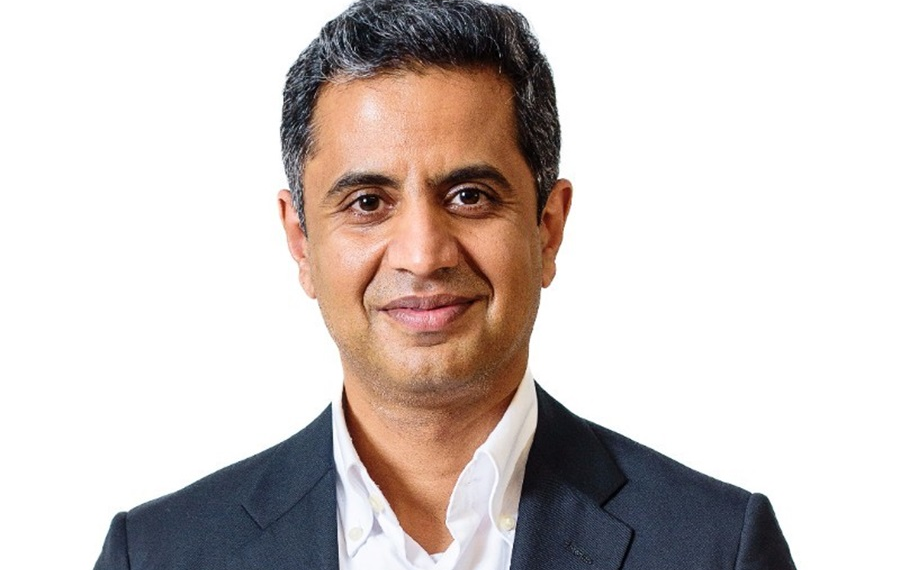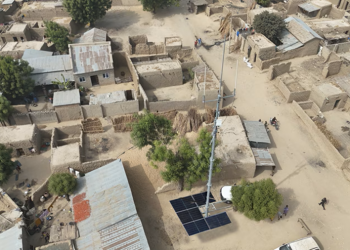The development of new technologies and demand for new services and functions are central drivers in any growing economy, writes SALMAN TARIQ, VP, Europe, Middle East, Africa, Optiva.Key points:
- In 2024, both South Africa and Nigeria have legislation pending that could potentially impact telcos/MVNO – uncertainty of how legislation could impact them in 2024 is worrying many African operators and MVNOs
- In Nigeria, fintech organizations are muscling in on MVNOS –this is leaving many people without bank accounts etc. disadvantaged. Could this gap widen in 2024?
- 40% of the adult population in Sub-Saharan Africa is connected to mobile internet, but an additional 44% live in areas covered by mobile broadband but do NOT use mobile internet services. Affordability and digital skills can make a difference – lack of connectivity is not only down to poor infrastructure.
- There should be a symbiotic relationship between Africa’s operators and MVNOs – both collaboration and competition can address the challenges in Africa’s mobile market.
Often, when the climate is just right, new business models emerge that completely shift the landscape. In the case of telecommunications, that game-changing moment came with the rise of mobile virtual network operators (MVNOs).
The MVNO space is an interesting one. MVNOs emerge when the conventional mobile value chain is broken, allowing new actors to step in and extract their own value. The relationship between MVNOs and traditional mobile network operators (MNOs) is symbiotic.
While MNOs benefit from additional revenue streams and expanded customer reach without significant marketing or operational costs, MVNOs can target niche markets and offer specialized services without the hefty investment in infrastructure.
This collaboration allows both entities to capitalize on unique market opportunities and cater to a broader audience. As well as partnering with MVNOs, some MNOs even move to acquire MVNOs or create their own digital brands to expand their service portfolio and grow their subscriber base.
This byplay between MNO and MVNO is crucial to driving the mobile economy. MVNOs, particularly those founded by entities from different industries, such as retail or banking, can leverage their existing customer base to tap into niche market segments that traditional MNOs might overlook.
These niches are growing with the emergence of 5G and the need to extend beyond the consumer market into tailored connected solutions for the enterprise market. If MNOs are to stay relevant and competitive, they will need to work with new market entrants or risk losing double in the long term — their customers and the direct revenue from niche MVNO markets.
A 2023 report by the GSMA refers to mobile connectivity as a “lifeline for society” and revealed that, by the end of 2022, more than 5.4 billion people globally subscribed to a mobile service. However, some of this growth is more visible in some regions than others, and it isn’t just about lack of infrastructure.
Africa, underserved markets, and the usage gap
Africa is proving an interesting case study regarding the relationship between MNOs and MVNOs and how that relationship is driving the mobile economy. For instance, around 40% of the adult population in Sub-Saharan Africa is now connected to mobile internet services.
At first glance, this might appear to be an infrastructure issue — that the reason subscribers are hovering at around 40% is because that’s all the coverage will allow. However, consider that an additional 44% of people live in areas covered by mobile broadband but do not yet use mobile internet services, and a clearer picture emerges.
This “usage gap” is partly due to affordability or a lack of digital skills — both areas in which MVNOs have the agility and flexibility to make a difference.
Also, in most cases, MNOs are not motivated to invest in the low ARPU (average revenue per user) rural market segment with their conventional high-cost customer acquisition models.
This usage gap presents a remarkable opportunity for MVNOs in the region to capture mobile subscribers — the coverage is there, but the services are not. It’s the perfect example of an underserved market, so what about Africa is holding MVNOs back?
To regulate, or not to regulate?
Regulatory uncertainty is one of the biggest challenges facing MVNOs, partly because of the sheer variety of services they are available to offer and the markets they’re able to tap into through service bundling.
Their ability to offer voice, data, and other value-added services without the cost or responsibility of managing physical infrastructure makes them highly agile players. Agility breeds competition, and competition demands regulation.
This regulation can be quite stringent and vary from region to region, making the move into new territories a risky gambit for even the most experienced MVNOs.
Such regulation can be suffocating, but it can also be liberating. For instance, this year, the Electronic Communications Amendment Bill was published for comment in South Africa.
The bill, fully expected to be signed into law in the next 12 months, will empower regulatory authorities to share spectrum licenses and push established MNO players to open up to MVNOs. y
This approach will prove vital to creating competition within the mobile market, and will also help to close the usage gap described above.
If MVNOs can appeal to niche audiences and offer more competitive prices and packaged bundles, South Africa will see the number of people using its networks increase.
Nigeria’s push to shake up the market
While this new regulation, which includes and even favors MVNOs for their ability to drive the market, waits in the wings, Nigeria is taking a more direct approach. In June 2023, the Nigerian Communications Commission (NCC) granted 40 new MVNO/E licenses to shake up the market and fuel the mobile economy. However, this is more of a “push” than a “pull” strategy.
Nevertheless, the benefits to the Nigerian consumer with this major move are expected to be significant. Nigeria, which ranks today 114th in the global data affordability price index, can definitely use this hyper-competitive environment to drive the data costs down and improve options for the end users.
In the UK and Europe, MVNOs were largely embraced by MNOs as a tactical approach to growing their own market share, “pulling” them into their orbit. MNOs in Nigeria are now being nudged to re-evaluate their strategic plans in much the same way.
Whether or not this approach will close the “usage gap” in Africa remains to be seen. Still, the hope is that by buying network capacity from MNOs, MVNOs will swiftly rise in the market through a flexible business model that passes savings down to the consumer.
The fintech monopoly and bundling services
Nigeria’s approach, which is to actively encourage MVNOs to set up in the region and push MNOs to accommodate them, might also see the introduction of better bundles and services.
One of the biggest challenges aspiring MVNOs currently face is the monopolization of the MVNO space by fintech organizations, particularly banks.
Banks such as FNB, Capitec Bank, and Standard Bank have the monetary muscle to move into the mobile space and have done so very effectively, setting up their own MVNO frameworks. However, these bank-based MVNOs can only appeal to a very specific and limited audience.
To qualify for FNB Connect, for instance, subscribers must be over 18 and hold a transactional account with the bank. Consider that almost two-thirds (57%) of Africa’s population lacks any form of bank account, and the opportunity for new MVNOs becomes clear.
However, this opportunity is locked behind a set of unique perceived challenges, not least the prospect of going up against established, well-funded banking institutions that might see the arrival of new MVNOs as a “land grab.”
This is perhaps something new regulatory frameworks, such as the Electronic Communications Amendment Bill referenced above, can smooth out in time.
A glance into the future
The telecommunications landscape is undergoing a transformative shift, with MVNOs playing a pivotal role in reshaping the industry’s future.
The symbiotic relationship between MNOs and MVNOs is not just about competition but collaboration, aiming to bridge the gaps in connectivity and service offerings.
With its unique challenges and opportunities, Africa stands at the forefront of this evolution. While regulatory hurdles and market monopolies pose challenges, they also present opportunities for innovation and growth.
The proactive steps taken by countries like Nigeria, combined with the potential regulatory changes in South Africa, signal a positive trajectory for the MVNO market in the region.
As the continent grapples with the “usage gap” and the need for more inclusive financial and digital services, MVNOs have the potential to be the catalysts for change.
Through tailored services, competitive pricing, and tapping into underserved markets, MVNOs can enhance the mobile economy and contribute to Africa’s broader socio-economic development.
The journey ahead is filled with promise, and as the dynamics between MNOs and MVNOs continue to evolve, the ultimate winners will be the consumers who stand to benefit from a more inclusive, connected, and vibrant mobile ecosystem.













Comments 1